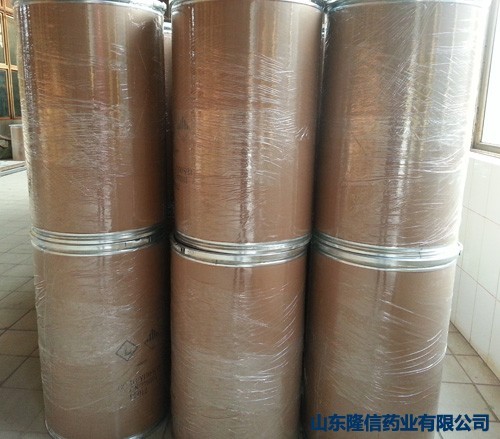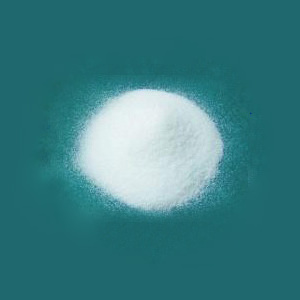Sodium salicylate is in the form of scales or powder. It is tasteless and easily soluble in water but not soluble in oily substances. It is combustible in fire. Can be used as rheumatism analgesics can also be used as organic synthesis.
Aliases: sodium salicylate, sodium salicylate, sodium ortho-hydroxybenzoate
Molecular formula: C7H5NaO3
Molecular weight: 160
Melting point: 200
Harmfulness: Irritating to eyes, skin and respiratory tract, causing cough, vomiting, allergies, headache
Attribute: flammable and explosive
Preparation: It is obtained by the reaction of salicylic acid and sodium bicarbonate: mix sodium bicarbonate and salicylic acid into distilled water, keep it at a temperature of 60 degrees Celsius to make it acidic, and add EDTA and sodium hydrogen carbonate. It can be obtained by filtering the reaction liquid until the temperature rises to 90 degrees Celsius
Storage method: sealed and dry
Chemical Category: Organic Sodium Salt
Control category: unregulated
Scope of application: antipyretic, analgesic, anti-rheumatic, mainly used for the treatment of acute rheumatism and rheumatoid arthritis. It can also be widely used in the manufacture, addition and assistance of products in various industries such as cosmetics, veterinary drugs, pesticides, feed, animal husbandry, petroleum exploration, oil extraction additives and cosmetics.
Sodium Salicylate is the sodium salt of salicylic acid. As a nonsteroidal anti-inflammatory drug (NSAID), sodium salicylate irreversibly acetylates cyclooxygenases I and II, thereby inhibiting prostaglandin synthesis and associated inflammation and pain. This agent may also activate mitogen-activated protein kinase (p38MAPK), thereby inducing apoptosis in cancer cells. (NCI04)
IUPAC
sodium;2-hydroxybenzoate
SMILES
C1=CC=C(C(=C1)C(=O)[O-])O.[Na+]











